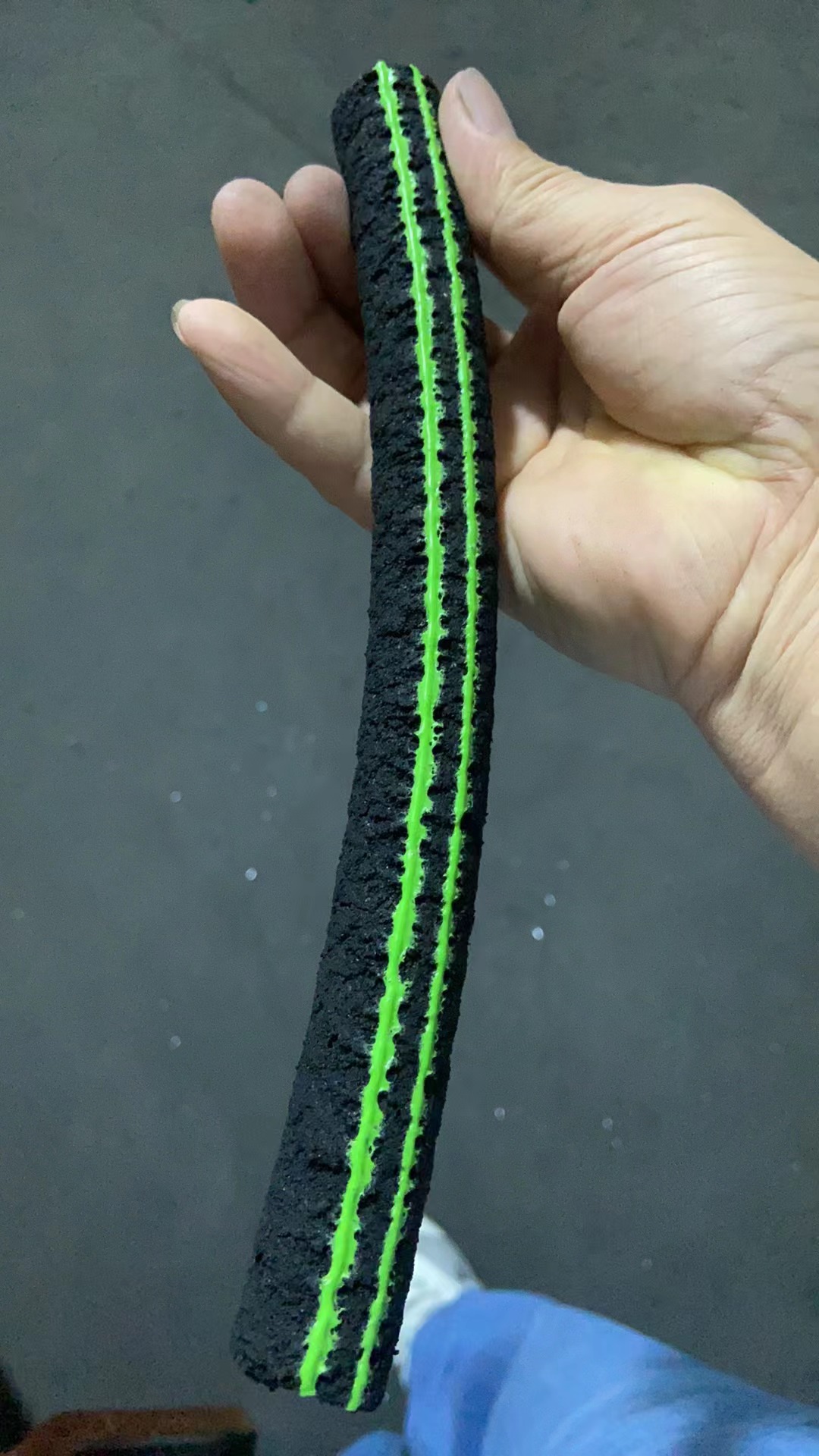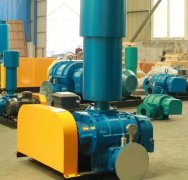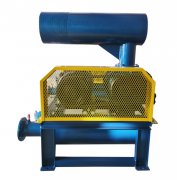The nano microporous oxygenation technology at the bottom of fish ponds is indeed worth promoting. The following is a detailed analysis of its advantages and application value:
1、 Technical advantages
1. Efficient oxygenation:
The nano microporous oxygenation technology significantly increases the dissolved oxygen content of the water by installing microporous aeration devices at the bottom of the fish pond, allowing oxygen from the air to be fully integrated into the water through the micropores.
The tiny bubbles generated by microporous aeration have a large contact area with water in the water, low upward flow velocity, long contact time, and extremely high oxygen mass transfer efficiency.
2. Improving water quality:
Bottom nanopore oxygenation can promote water flow and convection, bringing harmful gases out of the water surface and accelerating the oxidation of ammonia, nitrogen, nitrite, and hydrogen sulfide at the bottom of the pond, thereby improving the water quality conditions of the pond.
Adequate dissolved oxygen can accelerate the decomposition of organic matter such as sediment, scattered and remaining spoiled feed, and fish excrement in the bottom layer of water bodies, transforming them into microorganisms and restoring the self purification function of water bodies, establishing a natural aquatic ecosystem.
3. Energy saving and low noise:
The nano microporous oxygenation device adopts a low-energy blower and microporous aeration device, which has the advantage of energy saving compared to traditional oxygenation methods.
Meanwhile, the device generates low noise during operation and will not cause noise pollution to the breeding environment.
2、 Application value
1. Improve breeding density and yield:
Due to the increase in dissolved oxygen, the breeding density of aquatic animals can be increased, thereby improving the breeding efficiency.
Adequate oxygen supply can also promote the growth rate and survival rate of aquatic animals, further increasing aquaculture yield.
2. Reduce the occurrence of diseases:
Bottom nanopore oxygenation can improve the water quality conditions at the bottom of the pond, reduce the growth of harmful substances and pathogens, and thus lower the incidence of diseases.
This helps to reduce the use of drugs during the breeding process and lower the cost of farming.
3. Improve feed utilization efficiency:
Adequate dissolved oxygen can accelerate the digestion and absorption process of fish, thereby improving the utilization rate of feed.
This helps to reduce breeding costs and improve economic efficiency.
3、 Promotion suggestions
1. Strengthen technical promotion and training:
By organizing training courses, on-site demonstrations, and other methods, we aim to popularize the principles, operating methods, and maintenance knowledge of nano microporous oxygenation technology to farmers.
Enhance the awareness and acceptance of this technology among breeders, and promote its wider application.
2. Provide policy and financial support:
The government can introduce relevant policies to provide certain financial support or subsidies to breeders who adopt nano microporous oxygenation technology.
This helps to reduce the cost burden on breeders and increase their enthusiasm for adopting new technologies.
3. Improve the after-sales service system:
Establish a sound after-sales service system to provide timely technical consultation, equipment maintenance, and troubleshooting services for breeders.
This helps to safeguard the interests of breeders and increase their trust and satisfaction with new technologies.
In summary, the nano microporous oxygenation technology at the bottom of fish ponds has significant technical advantages and application value, and is worthy of wide promotion and application in the field of aquaculture. By strengthening technology promotion and training, providing policy and financial support, and improving the after-sales service system, measures can be taken to further promote the popularization and application of this technology, and contribute to the sustainable development of the aquaculture industry.



